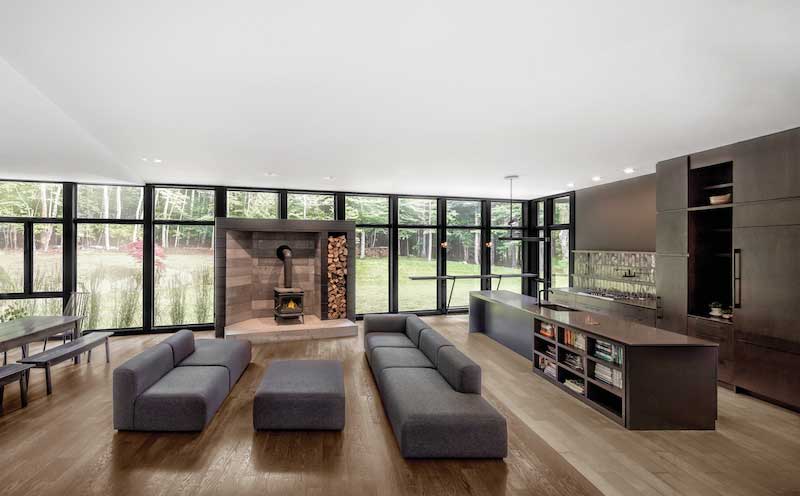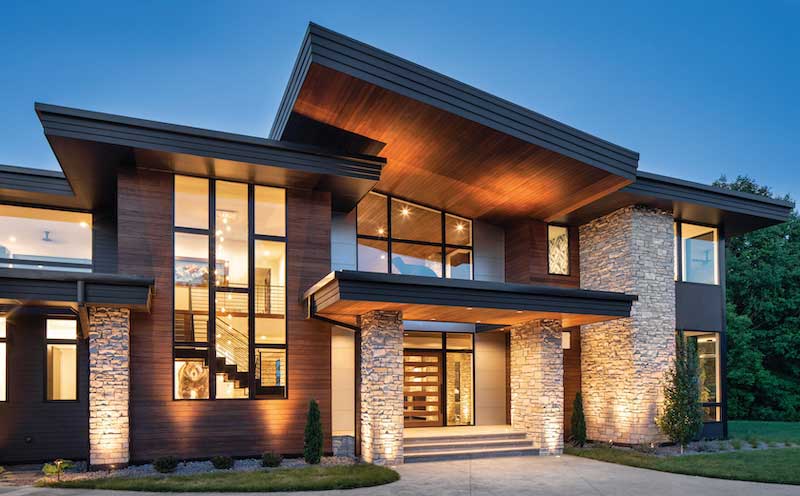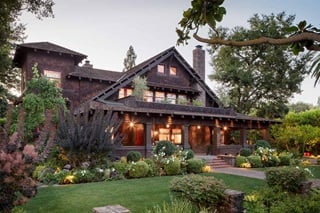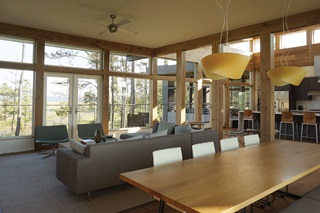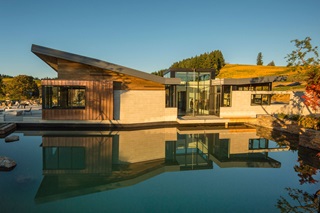If the term “Prairie-style home” or “Prairie home” conjures up images of Laura Ingalls Wilder, you’re not alone. It’s a style of architecture with a short lifespan, but was not without influence on homes of today. Prairie-style emerged from the work of a group of young architects, including Frank Lloyd Wright. Its design was preceded by the Craftsman-style home, which materialized during the Arts and Crafts Movement. And, although the prairie-style home was short-lived, fading from popularity in 1915, its influence on modern architecture remains paramount. Many key elements are still seen today.
History of the Prairie-Style Home
Prairie-style got its official start in the early 1900s, but its origins began with some key events some 30 years prior. The first was The Great Chicago Fire of 1871. This fire devastated the Chicago area allowing new opportunities for up-and-coming architects. This was followed by The World’s Fair in Chicago in 1893. The majority of the designs presented during the expo were Classical Revival. The young architects found the designs gaudy and outdated, as they favored simplicity and natural beauty over the lavish, archaic European styles.
Cue Frank Lloyd Wright and a group of up-and-coming architects, later called The New School of the Middle West. They set out to “marry the building and ground” to produce a style of housing more suited to American life in the Midwest compared to the stuffy, mass-produced styles that were still common at the time.
In Oak Park, a quiet village on the Western edges of Chicago, The New School of the Midwest pioneered the first uniquely American architectural movement: Prairie-style. Inspired by the flat lines of the Midwest landscape, this new design sought to modernize and simplify buildings, making them more suited and appropriate for modern American living. The focus was on functional, open layouts and craftsmanship over the lavish adornments of the European era.
It should come as no surprise that some of the best examples of this style can still be found in high concentrations in the Chicago area. Wright’s
Robie House is an iconic example of this style of architecture.

